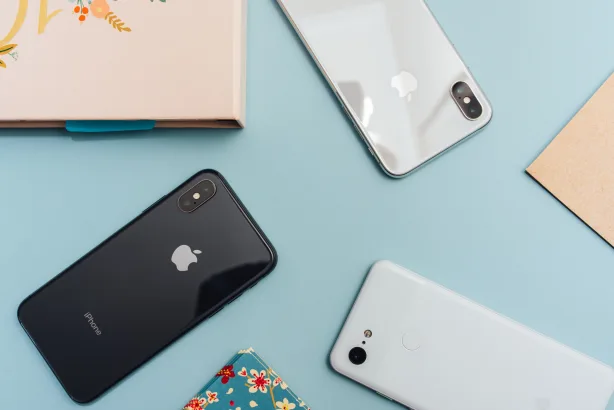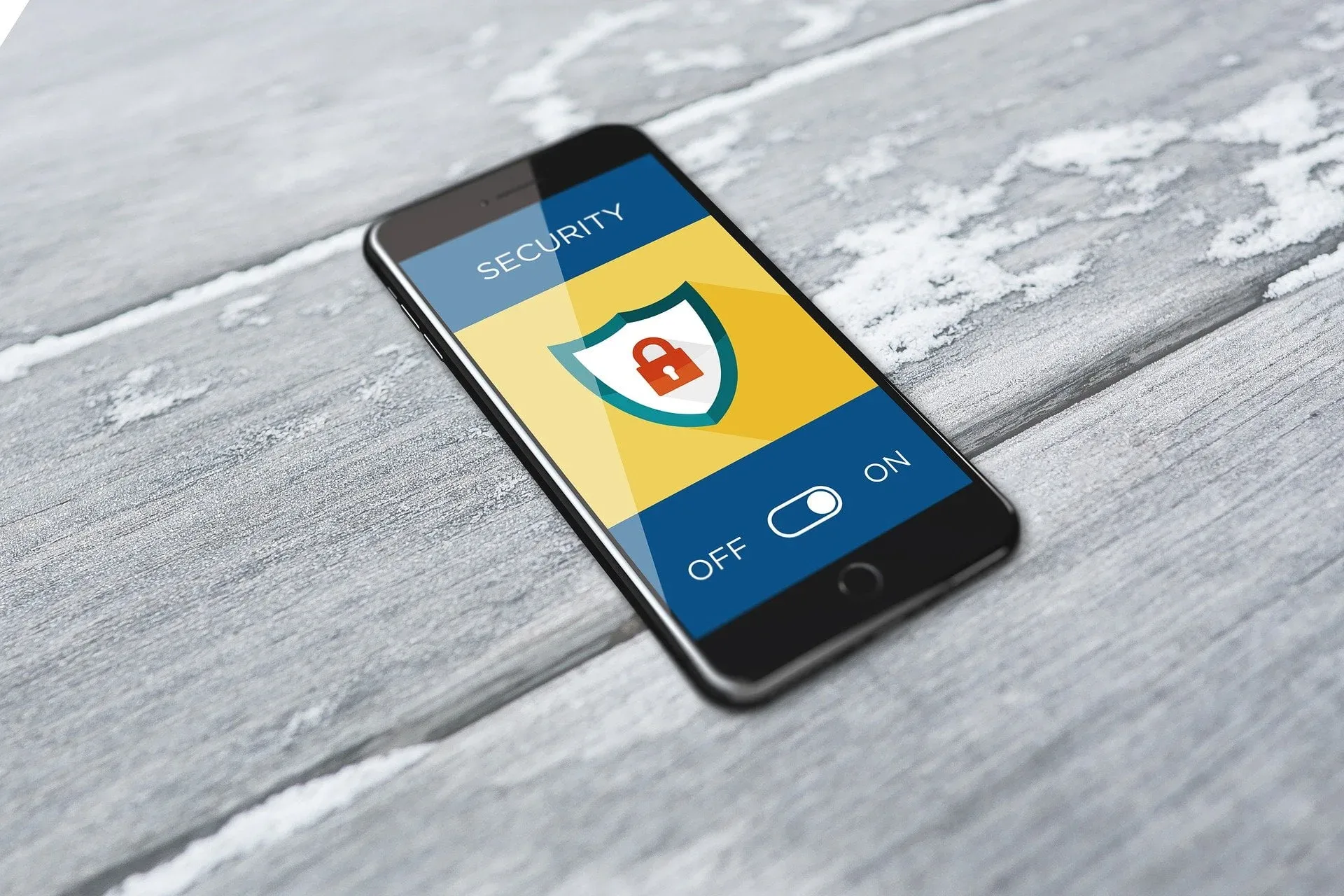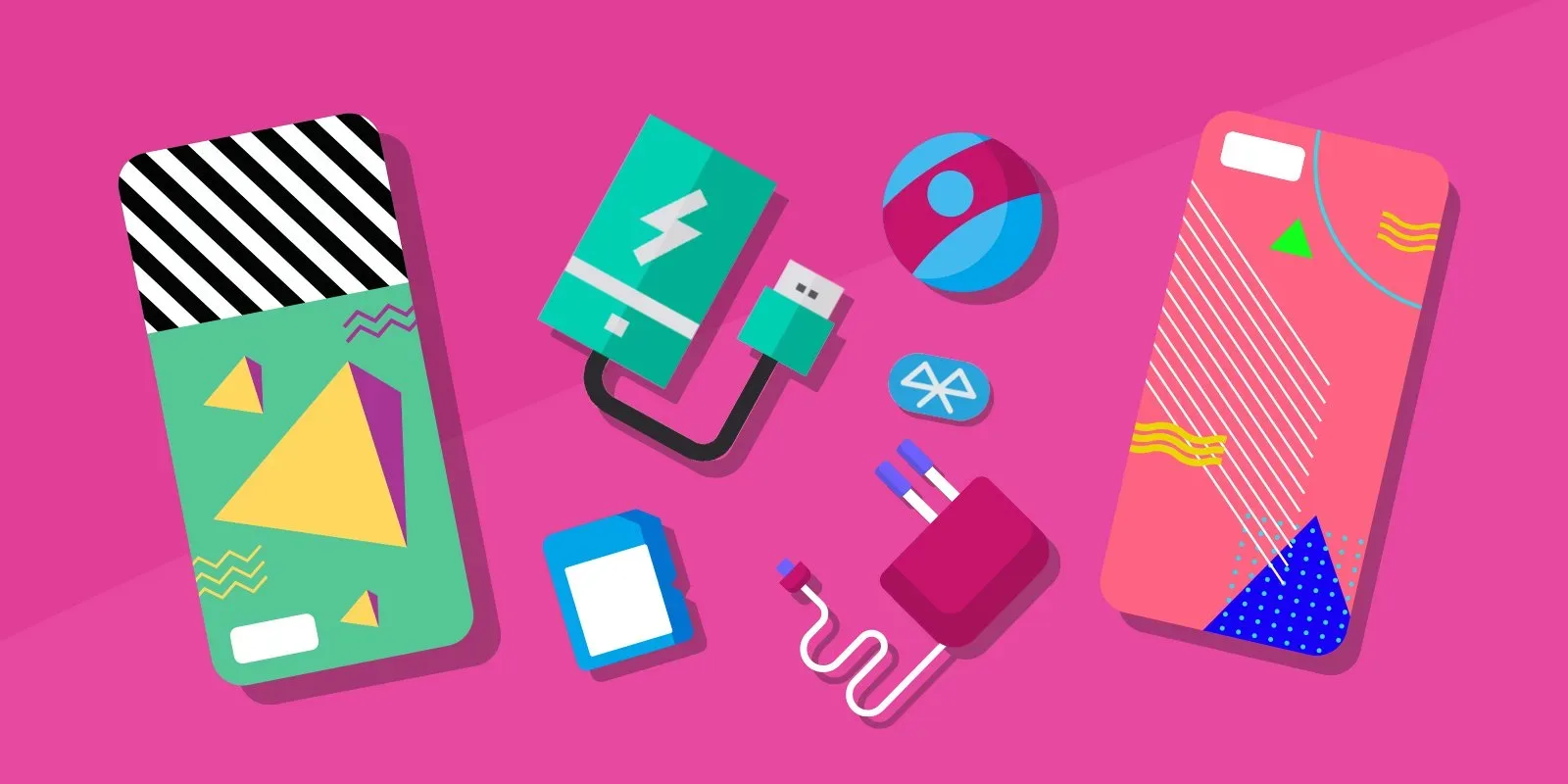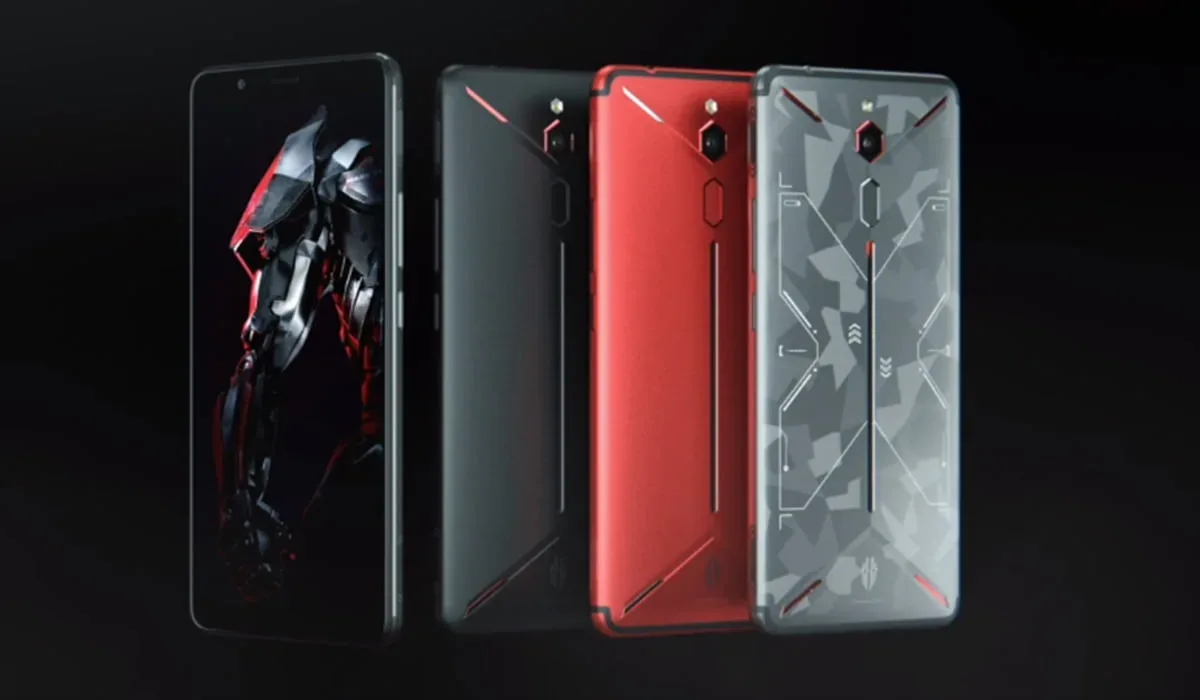Whether you’re new to photography or not, you’ll know that smartphone camera differ quite a bit from their digital counterparts.
That’s why we’ll test them to find out why digital cameras have the upper hand.
Smartphone vs. Digital Camera – Table of Contents
Lenses
Although smartphones are superb at taking pictures, they’re terrible regarding lens options. If you own a DSLR, you’ll appreciate how often you can swap your lens out. Unfortunately, this isn’t the case with a phone as its one is fixed.
This is important if you’re a professional photographer, as each lens would help you capture different situations with various effects, such as the macro, telephoto, and fisheye lenses.
Smartphones are very capable, so they try their best to replicate this through their powerful AI. Yes, it can get the job done, but it’s nowhere near as influential as swapping lenses.
They suffer in replicating the same effects, and they don’t even try to replicate some lenses as a whole. If you look at any smartphone in the market, you’ll immediately notice that none offer a camera with telephoto capabilities and a wide aperture.
Low light shots
The fact is mobile phones are made to be handheld. This means their camera sensor can’t be too big. That’s why you’ll see a sliver of a lens compared to an actual digital camera.
Such a thing is handy, but not if you want to take superb low-light shots. Amazing low-light photos can only be taken if the camera’s sensor is enormous.
A mobile phone won’t have as big of a sensor as a digital camera. Moreover, cameras like the DSLR offer much better ISO sensitivity than smartphones. This allows for vivid and clear shots when it’s dark.
Phone manufacturers are trying their best to resolve this issue. That’s why you’ll see low-light shots from phones like the Pixel 3 has impressive low-light capabilities. It can take still shots almost on par with your digital camera. But, although close, at the end of the day, it doesn’t win the race.
We’ve only talked about still shots. If you try and take a picture in the dim light of a moving object, it’ll barely compare with something like the DSLR.
Who’s in control?
Mobile phones are all about making your life easier. This is why there aren’t many camera features you can customize. No, we’re not talking about its beauty app but the camera’s focal length, ISO, and shutter speed.
When you use a phone’s camera, its AI does all of this for you. So, you’re left doing little to no work, but if you’re a photographer, you’ll want to edit these settings.
You can do this easily with a digital camera, especially DSLR, as they come with auto and manual modes.
If you’re unaware, this is important if you’re taking shots outdoors, especially of wildlife.
You feel like a craftsman.
Yes, the camera does the work for you, and you need to know how to operate it, but one of the major things that influence how great your shots are is your confidence in the device.
If you want to be a serious photographer, using your smartphone is not the best as you’re not on the same level as your colleagues. This can affect the quality of your work, as you won’t be able to capture things with a keen eye.
Moreover, when you own digital cameras and the gear that comes with them, you feel like a craftsman. This helps boost your passion for photography, helping you produce some stellar shots.
Image quality
When taking pictures, the camera with the most effective resolution will win. Unfortunately, if you haven’t guessed yet, smartphone cameras don’t provide as high of a resolution as digital cameras.
Regarding regular smartphones, their rear cameras come with 50 megapixels max. If you go for a higher-end device, this will improve.
However, if you look at mirrorless cameras, it’s widespread to see them offering around 100 MP and more sensors, for example, the Fujifilm GFX100.
You may be wondering why a better resolution is needed. Well, the bigger it is, the crisper your photos will be.
Image compression
Image compression is significant if you’re a professional photographer. You spent a lot of time taking the best shot, so it would be a waste if its quality got messed up when rendering. Such a thing won’t happen if you use a mirrorless camera or DSLR, as they allow you to upload your shots through the RAW format.
This is certainly not the case with a smartphone, as your pictures will most likely be uploaded as a JPEG.
Zooming
If you thought you could zoom with your smartphone’s camera, you’re wrong. This is your phone deceiving you as all you do is largen a specific area of your shot. This is why pictures increase in graininess as you keep zooming in.
When you own a digital camera, especially a point-and-shoot one, its lens zooms into far away distances. This will help you take vivid, crisp, and clear shots even if your subject is not near you.
View finding
This feature can only be compared between smartphones and a particular type of camera. This type is the DSLR.
If you didn’t know, DSLRs come with an optical viewfinder instead of an electronic one. It allows you to track your subject in the clearest and the correct form as you’re not looking at them through a digital screen but by light reflecting off a mirror.
Price
Before we get into it, we think digital cameras are superior to smartphones, especially when you compare your phone’s camera to a DSLR.
You may be hesitant as you’d think cameras are costly, compromising your work. However, this is not the case, especially if you go to DSLR Camera guides, which offer the cheapest, best options.
You can even wait for sales, getting huge discounts on your digital cameras, almost bumping them down to the cost of a smartphone.
Smartphones obviously can’t do this, so if you want to take the most accurate shots, you’re better off owning a DSLR.
All in all, it’s obvious digital cameras are far superior to smartphone cameras. So, why wouldn’t you leap?







Want to be a professional go for Digital camera.
Want to capture every moment go for smart phones.